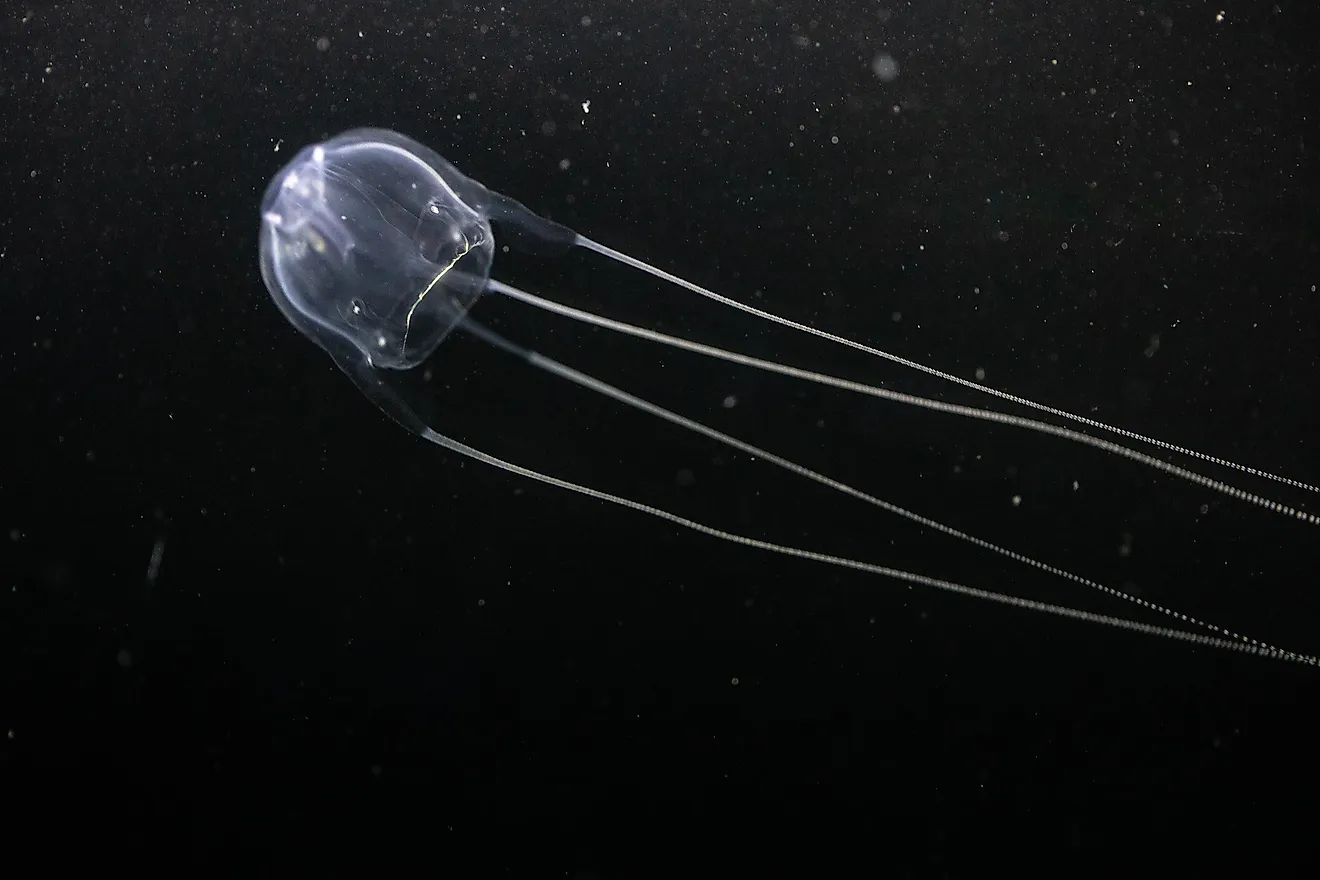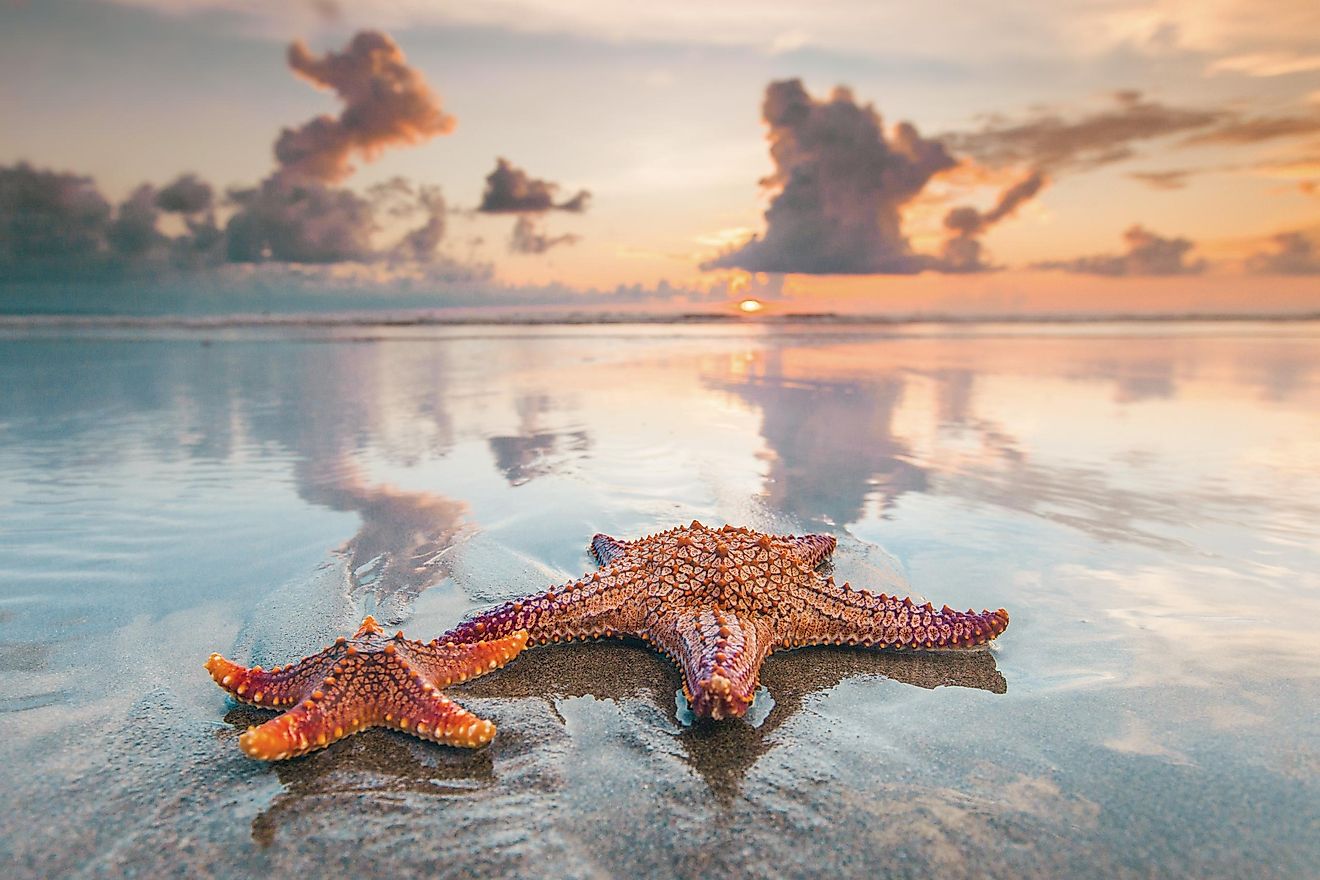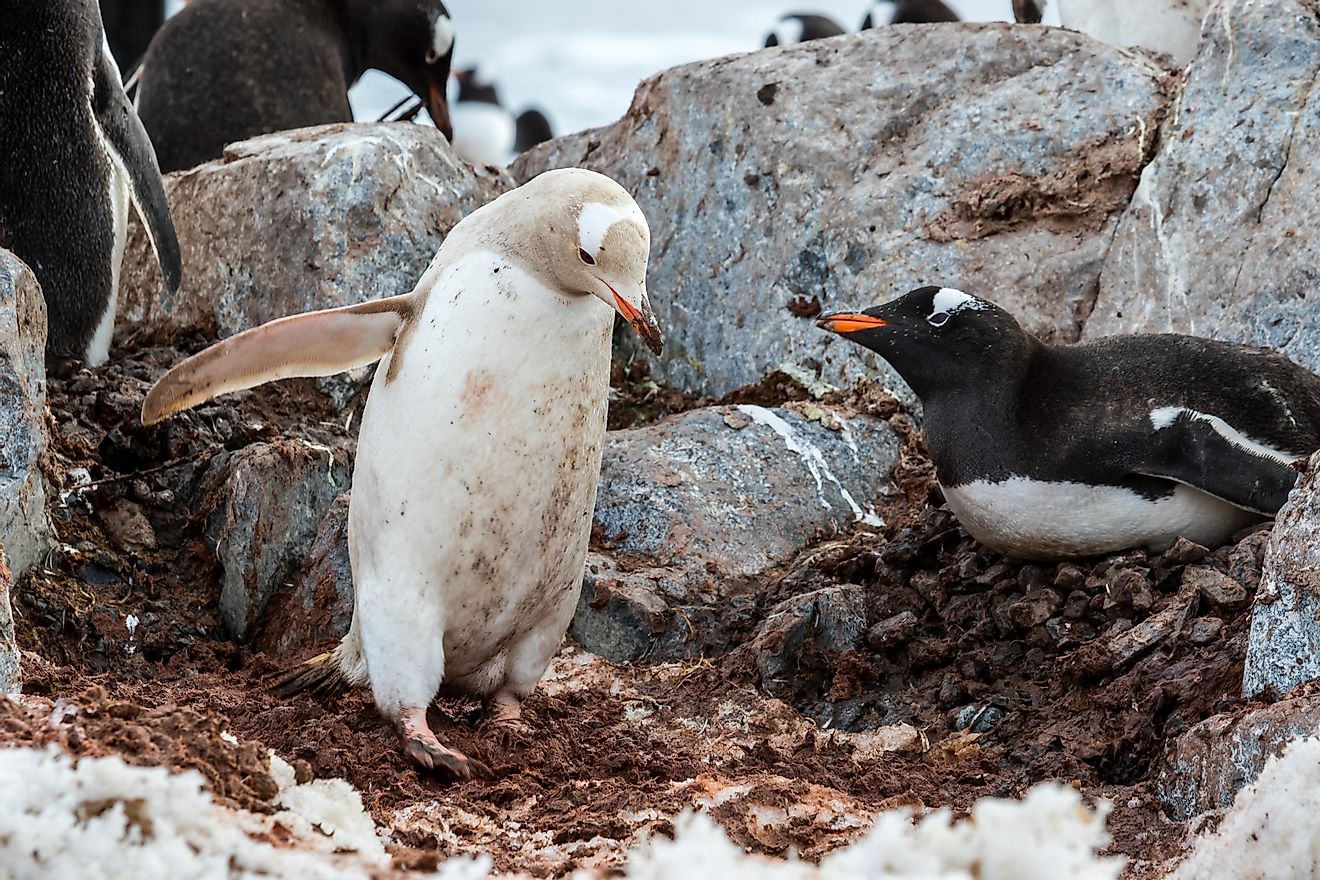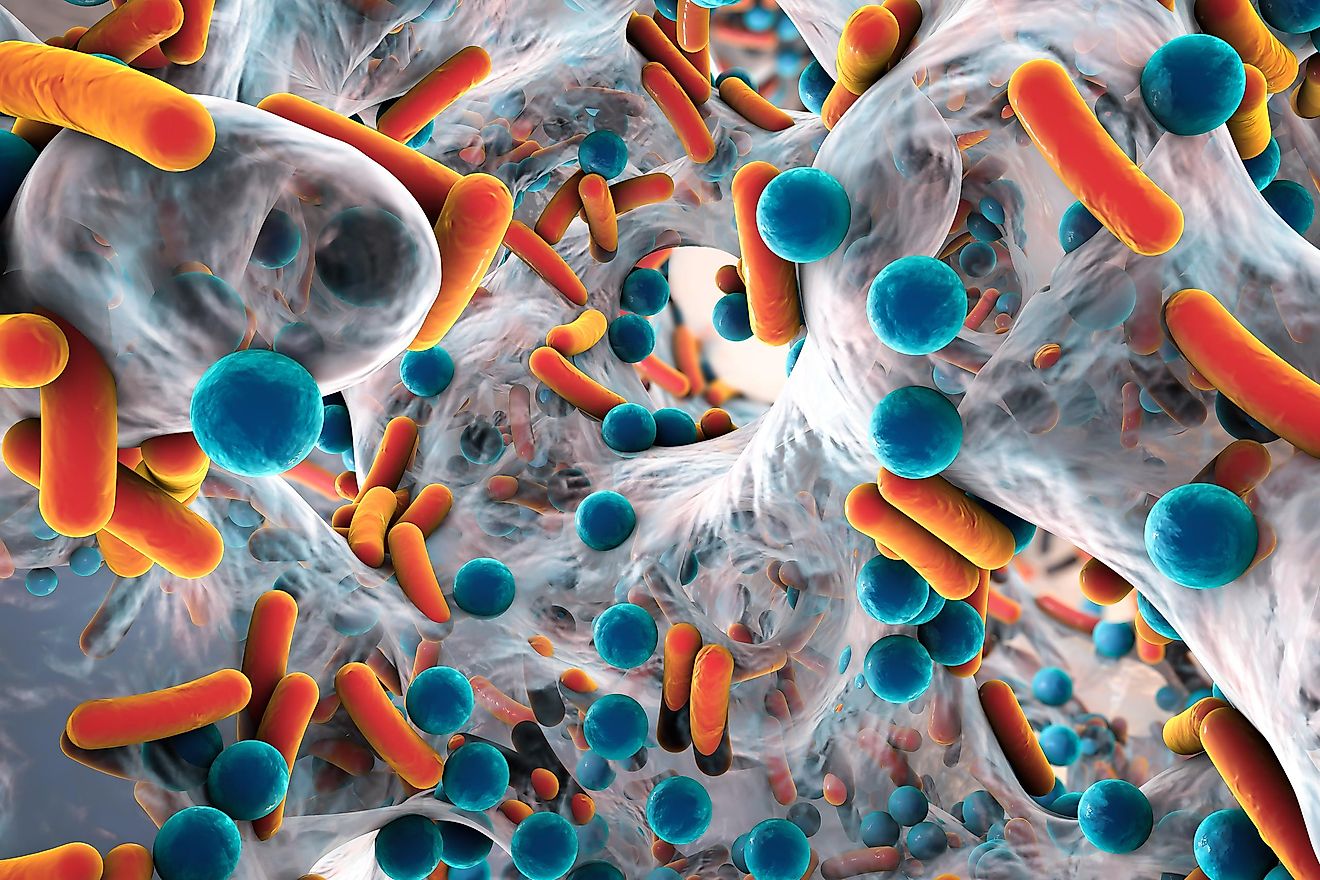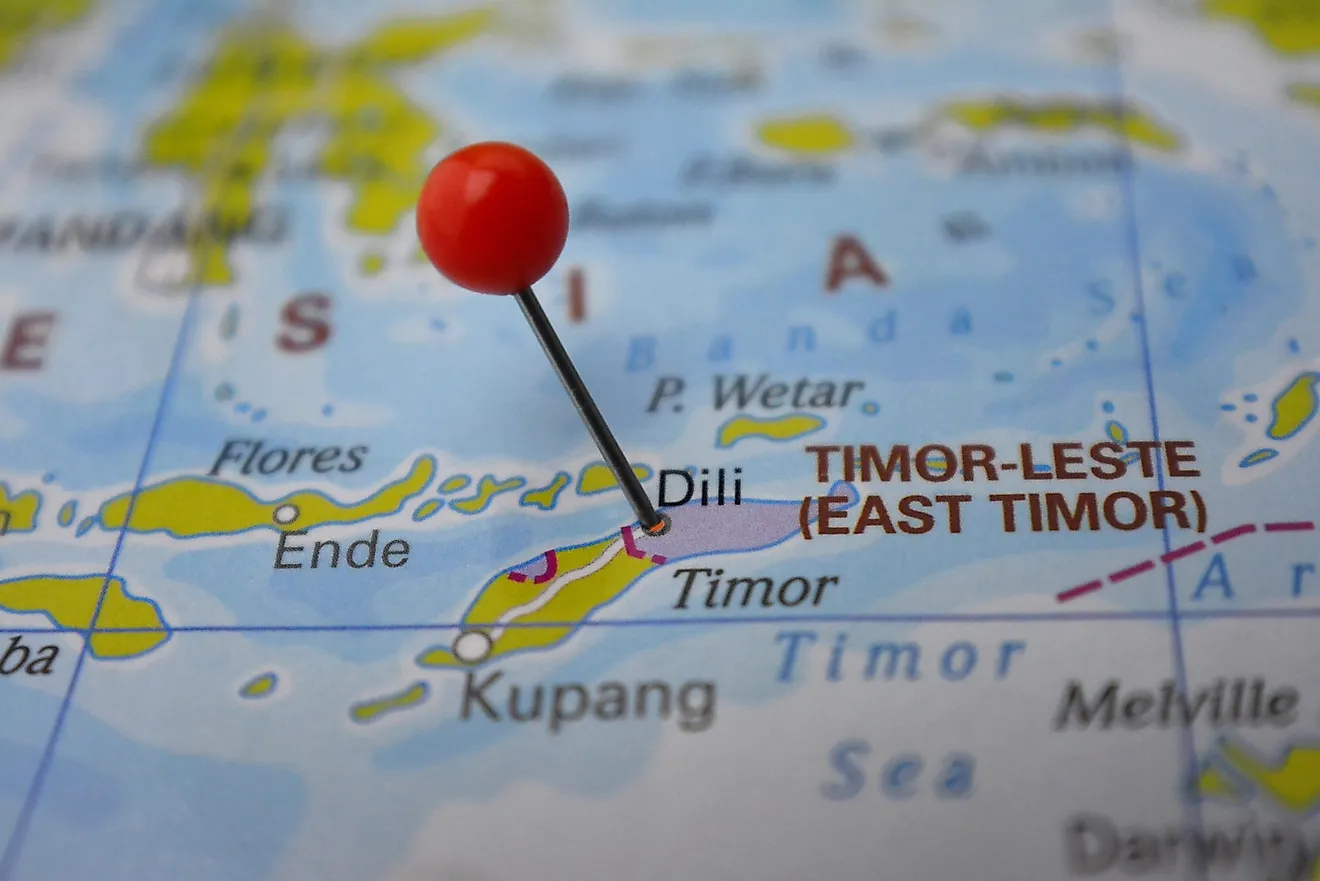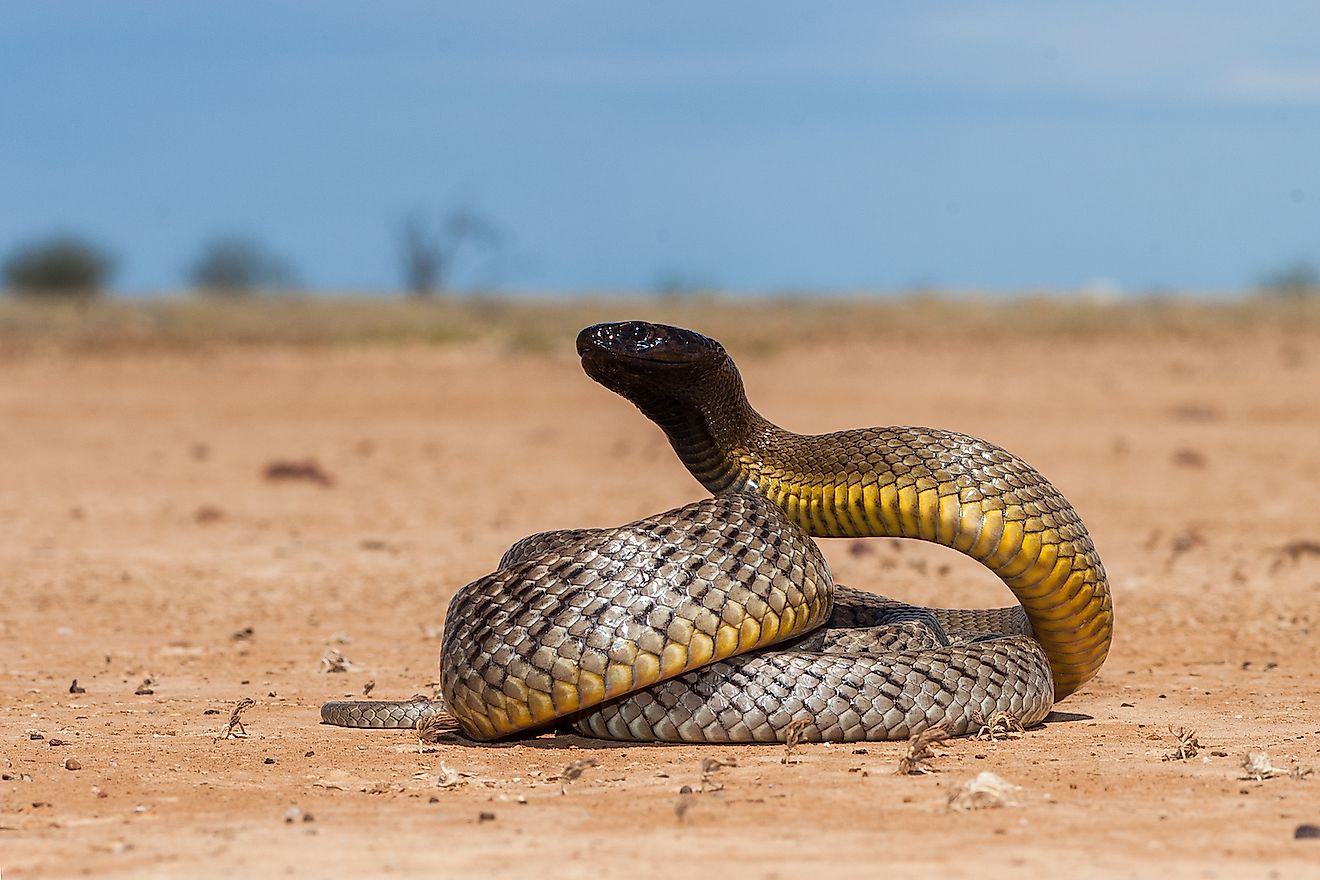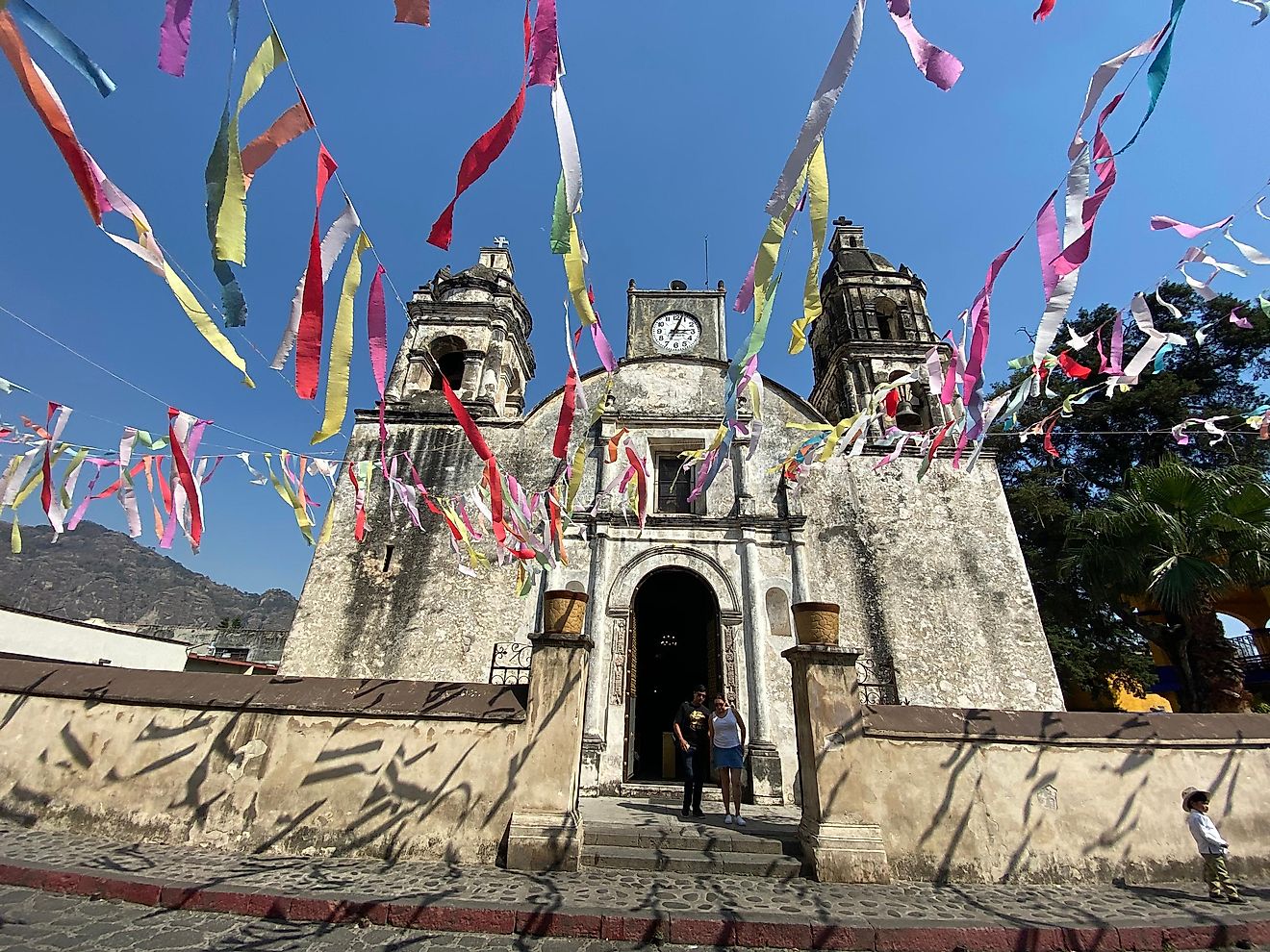What Are The Parts Of A Seed And Their Functions?
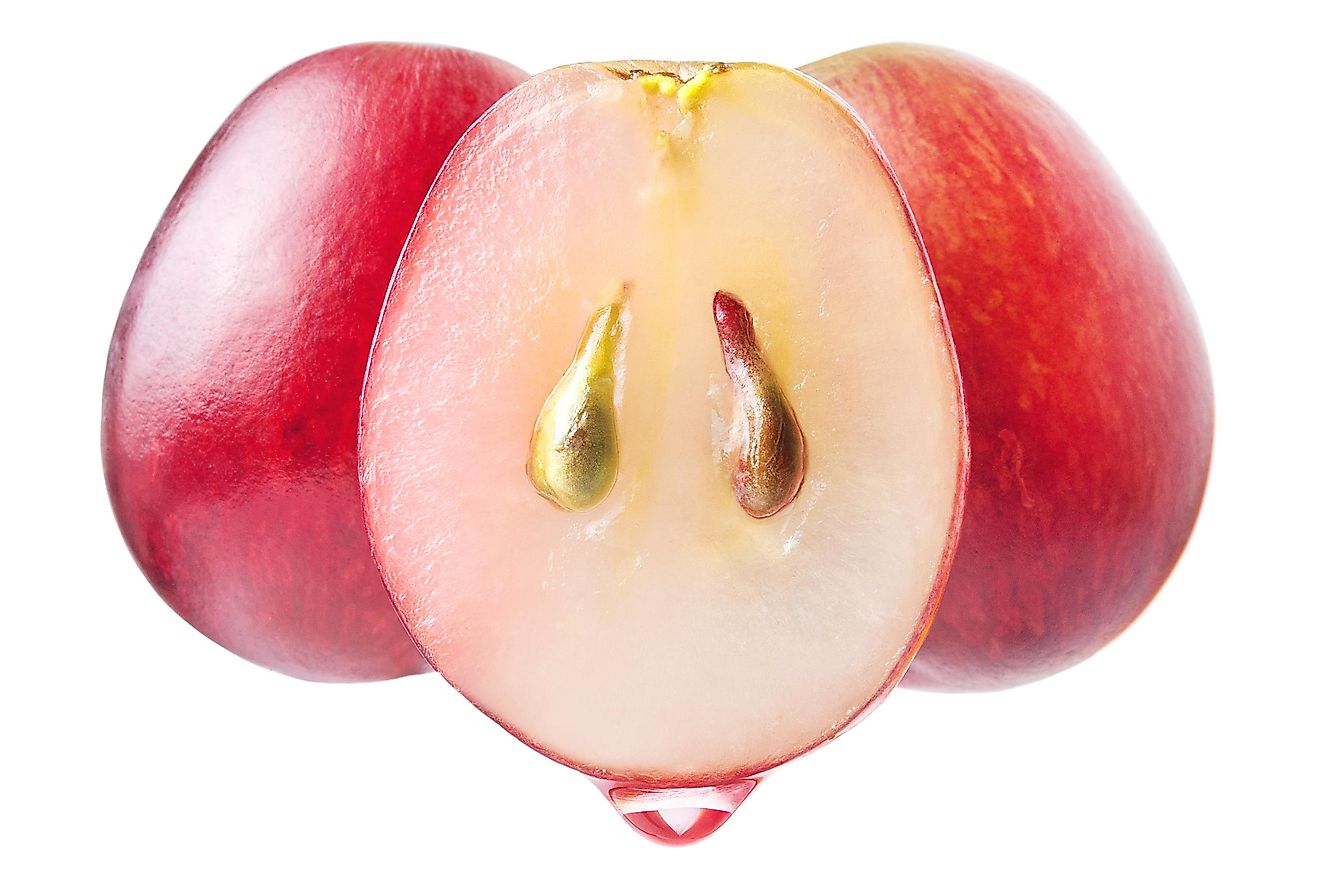
- Seed's embryo needs food to grow, and there are plenty of carbohydrates, fats, and proteins stored in the endosperm.
- One very important role of a seed's protective coat is that they prevent germination when it is not suitable, which means that they put the seed in a dormant state.
- The water inside the coconut is actually just liquid endosperm.
Seeds look rather simple when you look at them from the outside, but there are several distinctive parts inside these embryonic structures. But, in essence, that is what seeds are - encapsulated embryos of a plant that are protected with hard outer cover.
Seeds In Gymnosperm And Angiosperm Plants
We need to state this fact first, no matter how obvious it seems: plants grow from seeds and if they are not present, nothing green and living will come out of the ground. They are the key factor in the plant reproduction process, at least for the type of plants that belong to the group of spermatophytes, which includes both gymnosperm and angiosperm plants.
The distinction between angiosperm and gymnosperm type of plants is visible in the way they protect their seed. Angiosperms are plants that can create both flowers and fruits during their development. Once e.g. an apple tree develops a fruit, it encapsulates the seed and provides the seed with both protection and the resource the embryo inside needs. Gymnosperms, unlike the first group, leave their seeds uncovered. Pine trees and fir trees are a great example of gymnosperm plants.
Monocot And Dicot Seed
How the seed is structured depends on what kind of plant will grow out of it, so we can differentiate two different types: seeds from a monocot, and seeds from a dicot plant. Monocot plants have a single seed leaf, while dicot have the so-called cotyledons, or two-seed leaves.
There are three main parts we can see in a monocot seed: embryo, endosperm, and seed coat. With monocot seeds, the embryo develops into a full-grown plant, and the endosperm is there to act as a source of food. The coat around the seed is very important, as it protects the seed from various pathogens and insects. Dicot seeds have the same parts, but the difference is that there are two seed leaves inside, instead of just one.
Embryo, Endosperm And Protective Coat
The embryo is the part of the seed from which the new plant will begin to grow. Embryos are developed from a zygote (which is a fertilized egg). From the embryo, the plants usually grow up, at least their shoots and branches, and they grow down into the ground, creating roots that will ensure their stability and resource intake.
The endosperm is different from an embryo because it has a different chromosome structure. While an embryo is a diploid (because it is created from sperm and a female egg), the endosperm is a triploid. This means that the endosperm is the combination of one sperm nucleus and two polar nuclei. Endosperm's role in seed's life is to act like storage or nutritive tissue.
Finally, the protective coat is the hard layer of protection, which is in most cases also resistant to water. There are two layers found in the protective coat of a seed: one is called the testa, and it is the outside layer, while the other is called tegmen, as the inside layer.
